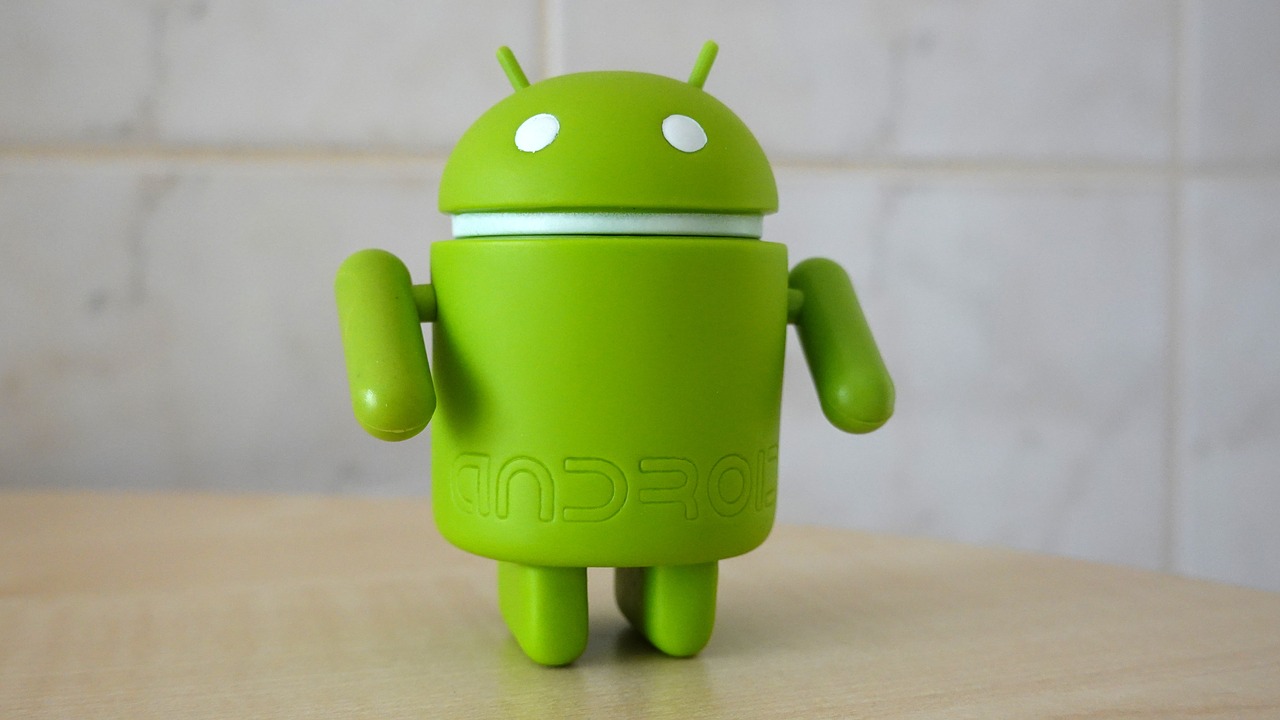Compared to their predecessors, today’s Android smartphones are lightning-quick, thanks to the evolution of processors and increased RAM and storage capabilities. Nevertheless, by implementing a few simple steps, most of us can make our devices even quicker. In this article, we outline eight easy hacks anyone can do to improve the speed and performance of their Android device.
1. Clearing the screen
For those who have owned their device for some time but are not yet due for an upgrade, clearing the home screen of clutter can be a simple yet effective remedy for stutters and lags.
The home screen can quickly become overloaded. With so many new apps available, many of them free, it is easy to fall into the trap of downloading one app, then another, and another. In a short time, the home screen falls into chaos, using up more memory and space than the processor can comfortably spare.
Android users can simply use the App Drawer, which is accessed by pressing the icon at the bottom-center of the display or by swiping up from the bottom of the screen. The home screen should be reserved for apps you access regularly, with the remainder tucked away in the App Drawer or deleted completely.
It is also good practice to create folders on the home screen to organize apps. For example, you can put podcast and music apps into one folder, and all social media apps into another.
Also, keeping multiple windows open on the smart screen at the same time can trigger speed and performance issues.
2. Task killers could actually be slowing down your phone
It might sound counterintuitive, but task killers that force background processes to shut down automatically to save battery can end up actually sapping battery life.
Because task killing programs force-close your apps, your phone has to boot the app from the start each time you want to use it, taking more time and battery power. Many apps are more efficiently managed by Android when they are left running in the background.
3. Disabling auto-sync
Turning off auto-sync can not only improve an Android’s speed and performance, but it can also help extend battery life.
Auto-sync connects the device to the Google cloud, enabling it to sync various services and apps. Turning off auto-sync prevents apps from syncing data in the background, preserving valuable storage space and boosting responsiveness.
4. Clearing cached data
The cache temporarily stores data from web browsers and apps, avoiding the need for the phone to download the same information repeatedly from the same site. A full cache is often a major culprit in slowing down Androids. Clearing cached data is a simple yet effective way to speed up your smartphone.
For users who notice their handset is lagging, clearing the cache can go a long way toward improving speed until the time comes for a new phone. Many Androids have built-in features to clear out junk files. There is also a range of automated cache-clearing apps available for download.
5. Keeping the operating system up to date
For smartphones still in their official OS upgrade cycle, it is important to keep software up-to-date, meaning downloading the latest OS version as soon as the manufacturer rolls it out.
This not only provides fixes for bugs and optimizes the operating system by fixing flaws in the previous version, but it also prevents lag and keeps performance snappy.
6. Overclocking the smartphone processor
However fast a smartphone is, there is always room for improvement. Android phones incorporate an “overclocking” facility, enabling users to force their CPU to run faster than usual.
Gamers and PC users will be familiar with the concept of overclocking, or boosting the performance of their machines. The same concept can be used to improve Android speed. Overclocking effectively commands the device’s CPU to run faster than the settings installed by the manufacturer, imparting as much as 30 percent more power.
As with most things, there is a trade-off. Overclocking can adversely affect battery life and increase heat production, making the handset less stable.
7. Enabling Data Saver mode
Enabling this option in the Google Chrome browser effectively compresses web pages, using less data and enabling users to surf and load pages faster. This can provide a useful boost where data speed matters, though enabling Data Saver can lower the quality of images and videos.
8. Stopping apps running in the background
Clearing unwanted and unused apps is a tried-and-true method of improving Android performance. It frees up precious RAM and lifts the load from the processor, giving a valuable boost in performance to active apps.
Some devices come with inbuilt options to prevent apps from auto-starting. Alternatively, there are many different apps designed for this purpose, or you can simply make selections manually via the Memory Usage section under Optimization.

